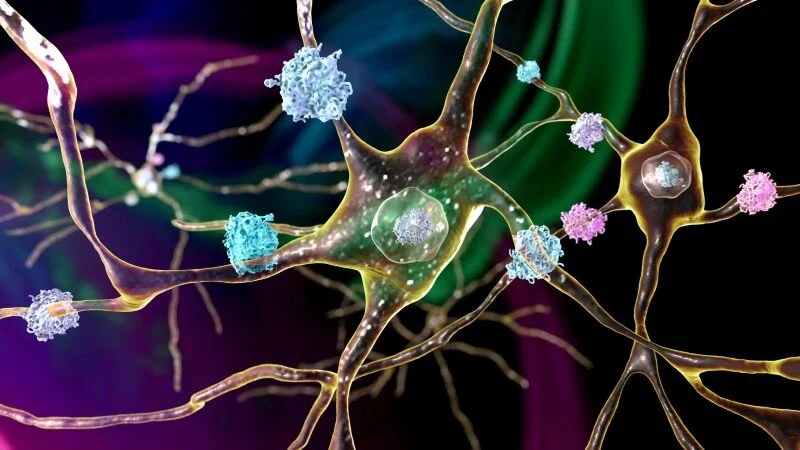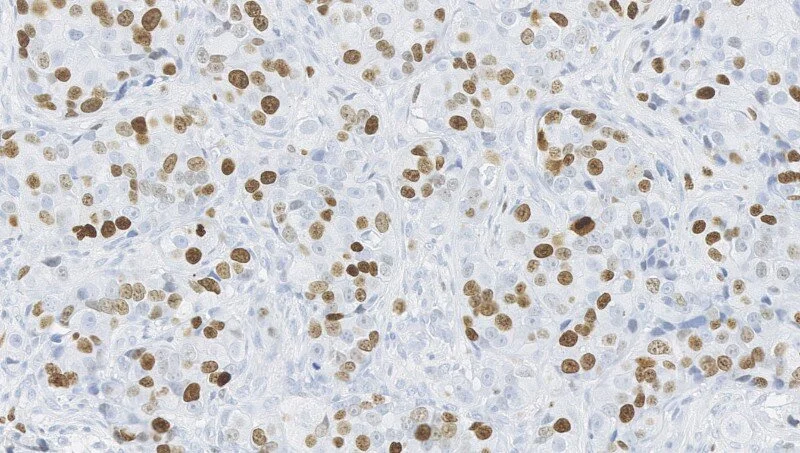New class of small molecules target DNA damage repair and Huntington’s disease
This is a brief preview of the full article, which can be found on Nature’s website.
In seeing a room full of patients and families who had been affected by Huntington’s disease, Diana Miszczuk felt a wave of emotion wash over her.
“To really face the patients, it was emotional for the whole lab,” she says, reflecting on a meeting with a patient group more than ten years ago. Now Associate Director in CNS Pharmacology at Charles River, Miszczuk and her colleagues still carry memories of patients, some of whom became friends, as they develop a wide range of therapeutics to treat Huntington’s disease.
Read more about Dr. Miszczuk and her team’s work to develop small molecule therapeutics for Huntington’s disease at Nature.



